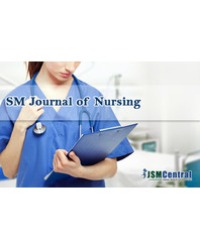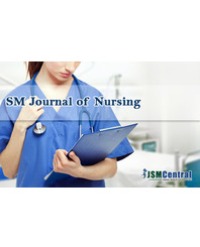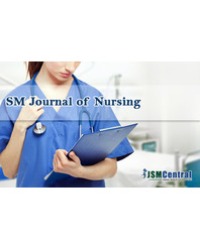
Adverse Events on Hospitalized Patients: A Barely Known Reality
Introduction: Currently, the patient’s safety is a fundamental component of the health care quality, more specifically of the nursing care quality and it constituted a preoccupation to the hospital managers by the influence it has on the cost of the care. The incurrence of Adverse Events (AE) associated to the nursing care is underestimated in Portugal, not allowing a real knowledge about this issue.
Material and Methods: A descriptive study, cross-sectional and quantitative approach with a sample of 628 nurses, who work in 43 internment services at 8 Portuguese hospitals.
Results: The psychometric properties evaluation of the Subscale of Assessing Risk and Occurrence of Adverse Events, demonstrated its suitability to evaluate the phenomenon in study. The Risk/Occurrence of Medication Errors proved to be the typology of AE that occurs less frequently or which is less likely to occur (AE_7 M=2, 20). For its turn, the Risk/Occurrence of HCAI (Health Care Associated Infections) is the type of AE that showed a higher average value (AE_6 M=4, 21). The Risk of Falls and Pressure Ulcers is moderate (AE_8 M=3.07), but the Occurrence of Falls and Pressure Ulcers is low (AE_9 M= 2.33).
Conclusion: The characterization of AE associated to the nursing care in terms of typology and occurrence frequency is very relevant, allowing us to analyze its causes, to develop and implement corrective and preventive measures to minimize the damage and improve the patients’ safety.
Maria João Baptista dos Santos de Freitas PhD¹* and Pedro Miguel Dinis Parreira PhD²




